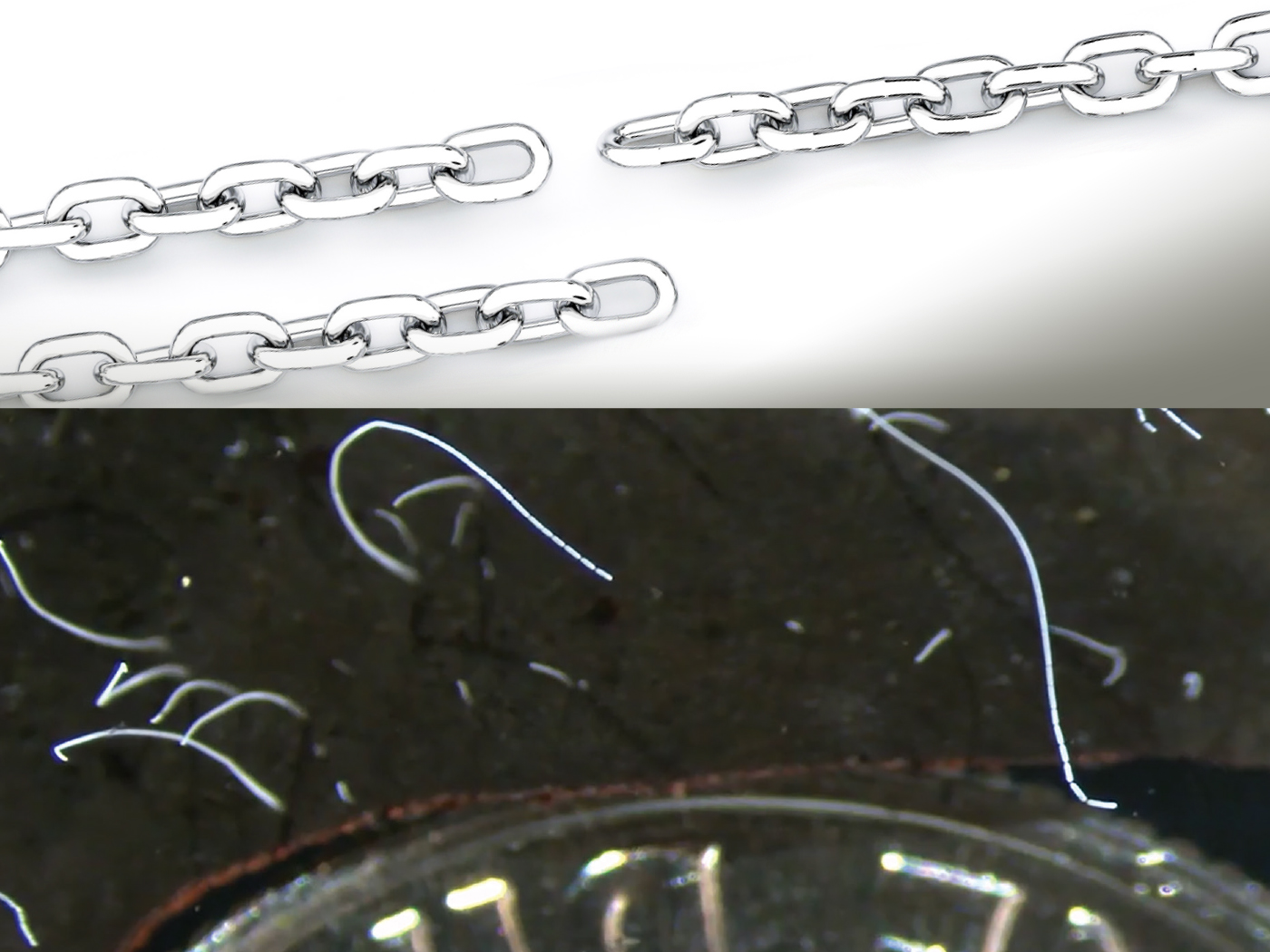One of the great ongoing myths of evolution is that the genomes of animals and humans are littered with vast amounts of genomic viral DNA fossils. These alleged ancient viral sequences are thought to have entered the genome via viral infection, initially served no purpose in the host, and then later during evolution’s long, slow changes were supposedly converted (“exapted”) to various useful purposes—like aiding in the elaborate process of human reproduction. However, like other evolutionary tales, advancing research in the field of genomics utterly contradicts this popular dogma.
According to evolutionary theory, viruses have repeatedly integrated themselves into the DNA of germline cells (those that produce eggs and sperm) over the past 100 million years of mammalian evolution—with their viral-like DNA proliferating across creatures’ genomes.1 These are called endogenous retroviruses (ERVs), and 8% of the human genome is populated by these sequences. However, there are least three major problems with this idea.
First, genetic data indicate that these sequences are not millions of years old. Using the comparative tools of evolutionary genetics, secular scientists compared the gene sequences of viruses to their counterparts in animal genomes and found that, at most, the variation in these sequences indicates they can be no more than 50,000 years old.2 So, if these viral-like sequences are not millions of years old, then where did they come from?
Second, the alleged process whereby these ERV sequences were supposedly stably integrated into the germlines of animals has never been documented. The process itself is an exercise in speculation. In studies where their random and uncontrolled integration has occurred in regular body cells (called somatic tissue), cancerous tumors are often the outcome.1 In reality, most modern ERV-like viruses do not readily integrate into a host’s genome; only a few, like the AIDS virus, have been found to do this. And the ones that do perform this integration type of behavior do not target germline cells that would then enable them to be passed on to the next generation.
Third, important functions are now being attributed to ERV sequences in mammalian genomes. In fact, several studies in recent years have highlighted the importance of many ERV gene sequences in placenta development and maintenance—a process crucial to reproduction and life.3,4 Not only are important genes contained in these sequences, but also many different regulatory elements that function as key genetic switches.5
So, where do viruses come from that essentially share the same sequences as those found in their host genomes? Perhaps the evolutionists have placed the cart before the horse on this issue, as proposed by several creationist scientists.4,6 In fact, in an ironic twist, the evidence mentioned above indicates that viruses likely arose from their hosts and not the other way around. As molecular biologist and biochemist Peter Borger notes, “The most parsimonious answer is: the RNA viruses got their genes from their hosts.”6
In other words, mammalian viruses may not have existed at all before the Curse, but after mankind’s sin may have been allowed to develop from DNA sequence already present in the now-fallen people and animals of the earth. Again, cutting-edge genome research confirms the Genesis account of origins.
References
- Magiorkinis, G., D. Blanco-Melo, and R. Belshaw. 2015. The decline of human endogenous retroviruses: extinction and survival. Retrovirology. 12: 8.
- Holmes E. C. 2003. Molecular Clocks and the Puzzle of RNA Virus Origins. Journal of Virology. 77 (7): 3893–3897.
- Lavialle, C. et al. 2013. Paleovirology of ‘syncytins’, retroviral env genes exapted for a role in placentation. Philosophical Transactions of the Royal Society. 368 (1626): 20120507.
- Liu, Y. and C. Soper. 2009. The Natural History of Retroviruses: Exogenization vs. Endogenization. Answers Research Journal. 2: 97–106.
- Chuong, E. B. et al. 2013. Endogenous retroviruses function as species-specific enhancer elements in the placenta. Nature Genetics. 45 (3): 325-329.
- Borger, P. 2009. The design of life: part 3—an introduction to variation-inducing genetic elements. Journal of Creation. 23 (1): 99-106.
* Dr. Tomkins is Research Associate at the Institute for Creation Research and received his Ph.D. in genetics from Clemson University.






















